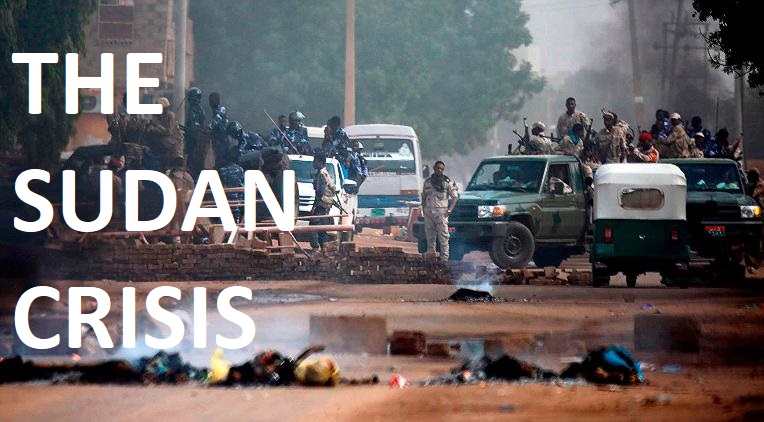Conflict in Sudan has attracted the world’s attention. Sudanese people started protesting against the 30-years long reign of former autocrat President Hassan al-Bashir, who resigned on April 11, 2019. Once the president was stripped from power, the Military took control and the situation got worst.
The official death toll was recorded as19 deaths. Anyhow, some unofficial sources are reporting above 500 deaths much more wounded, raped and kidnapped. As the protests kicked off in December 2018, Sudanese military, Low-ranking thugs in the pay of National Intelligence and Security services (NISS) took the streets. These Government-backed militants abducted the activists and detained them in Ghost houses. These ghost houses are safe houses where people once entered, never returned. Many passers-by heard screams.
The leader of the Rapid Support Forces (RSF), Lt. Gen. Mohamed Hamdan, also known as Hemeti led the violent militia RSF against former President Al Bashir. RSF is accused of performing criminal acts against civilians and activists, while in charge. Hamdan (once a camel trader and enforcer of President Al Bashar) sits at the pinnacle of Power in Sudan at the moment. Hamdan supported the protest and toppled the Government of his patron, but when people demanded a democratic transition of power, RSF took control of the city on the command of Hamdan.
The Sudanese military reportedly burned tents, raped men and women and killed dozens of people. Civilians used their social media accounts to record several violent events. Some of the protestors were dumped in the Nile, according to numerous videos and images posted on social media. Many videos posted by Sudanese were connected and analyzed by media channels and watchdogs to decipher the situation. Famed for his brutality, Hamdan is now recognized as de facto ruler of Sudan. Blood Bath and violence only replaced the face from the power play, while the situation remained the same.
Lt. Gen. Mohamed Hamdan, the leader of the Rapid Support Forces paramilitaries that carried out the violent dispersal of protesters on June 3.CreditCreditDeclan Walsh/The New York Times
In a rare interview, he talked to The New York Times
“If I did not come to this position, the country would be lost, I’m not escaping the questions,” he said. “I’m just waiting for the investigation.”
Alaa Salah, 22, the woman dressed in white who led chants from atop a car and brought the world’s attention to Sudan’s revolution. She said
“We thought this might happen, For years Hamdan killed and burned in Darfur. Now Darfur has come to Khartoum.”
Alaa Salah during a protest against then-President Omar al-Bashir of Sudan in April.CreditLana H. Haroun
This distorted situation has left 60% of Sudan’s population (around 7 million people) at the verge of starvation. Hunger has been more of a political tool and less of a problem. Hoarding, corruption, and violence have made the situation vulnerable to laymen. People on social media are turning their profile pictures blue, praying for Sudan.

